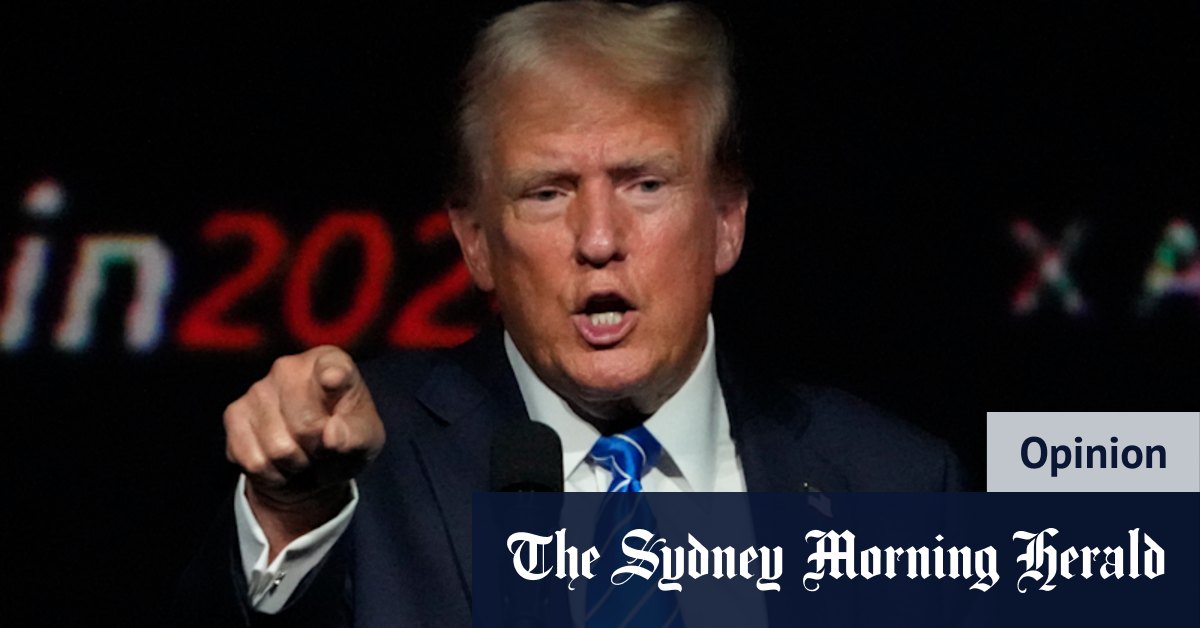Currently, there are approximately $250 billion worth of stablecoins in circulation. Should the House approve the proposed legislation, which is an updated version of the previously introduced STABLE Act, it could lead to a surge in new stablecoin issuers. Major retailers like Amazon and Walmart, along with smaller businesses, are reportedly preparing to launch their own digital tokens. Additionally, major US banks and tech companies are also showing interest in entering this burgeoning market, which is expected to attract various entrepreneurial players as well.
Trump Family’s Involvement in Cryptocurrencies
The Trump family has notably increased its involvement in the cryptocurrency sector. A recent report from Citigroup projected that the total issuance of stablecoins could reach $3.7 trillion by 2030, while an analysis by the US Treasury estimated the figure could be around $2 trillion by 2028. The potential advantages of widespread stablecoin adoption are significant, as they could eliminate traditional financial intermediaries. The decentralized nature of cryptocurrencies allows for peer-to-peer transactions, thereby reducing or even removing merchant fees, interchange fees, and wire transfer fees, along with minimizing delays in fund transfers.
Implications for the US Dollar and Treasury Market
US Treasury Secretary Scott Bessent has expressed optimism regarding the implications of stablecoins for the US dollar and the Treasury market. Currently, the dollar and US Treasury securities are the primary backing assets for stablecoins and are expected to remain the preferred choice for tokens created under the proposed Genius Act. This could result in a substantial increase in demand for the dollar and Treasury securities, strengthening the dollar’s status globally while potentially lowering the US government’s borrowing costs, according to Bessent.
Concerns Over Regulatory Framework
However, it’s important to note that most funds backing stablecoins would likely originate from traditional financial institutions, such as banks and money market funds. This transition means that deposits could shift from highly regulated, insured environments into a less regulated space where funds lack insurance. Unlike traditional bank deposits, which have the Federal Reserve as a safety net, stablecoins do not have a lender of last resort, raising concerns about their potential use in illicit activities and their overall stability.
Risks Associated with Stablecoins
Furthermore, unlike the widely trusted US dollar, there is no assurance that a stablecoin pegged to the dollar will maintain its value or be universally accepted as a means of exchange. Should the anticipated growth in stablecoin issuance materialize, it could significantly affect the stability of the US banking system. This shift could transform stable deposits, typically reliable and federally insured, into more unpredictable and uninsured wholesale deposits, echoing the events of the 2023 regional banking crisis sparked by a run on deposits at Silicon Valley Bank.
Regulatory Requirements for Issuers
The Genius Act stipulates that stablecoin issuers must maintain a dollar’s worth of easily liquid assets for every dollar of stablecoins issued. While acquiring US Treasury bills or repurchase agreements backed by Treasury securities is relatively straightforward for issuers, a sudden surge in redemption requests could compel them to liquidate assets quickly, leading to potential losses on those assets during a forced sale. Some existing stablecoins have already traded below their intended value.
Liquidity Events and Market Stability
In the absence of a guarantor or a lender of last resort, any liquidity crisis involving a stablecoin could result in a chaotic rush for investors to withdraw their funds, further amplifying losses and increasing the risk of contagion throughout the stablecoin market. Although the Genius Act clarifies that these stablecoins would not be government-backed or eligible for Federal Reserve support, a widespread collapse in the sector could create immense pressure for governmental intervention, especially if a significant individual, such as the president, had notable exposure to stablecoins.
Concerns Over a 19th Century Banking Model
Critics of the proposed legislation warn that it could lead to a regression to a 19th-century banking system where nearly anyone could establish a bank and issue their own currency, provided they had an equivalent dollar in collateral. The inherent variability among stablecoins—each potentially backed by different asset combinations—raises concerns about their stability and reliability, especially in times of crisis.
Trust Issues in the Crypto Space
Without real-time and continuous auditing of each stablecoin issuer, it is challenging to maintain the same level of trust that exists in traditional banking and payment systems. Nevertheless, by endorsing and legitimizing stablecoins, US lawmakers are integrating cryptocurrency into the mainstream banking and payment frameworks. This move could fragment these systems, introducing a new potential source of instability that may only become clear with the passage of time.

